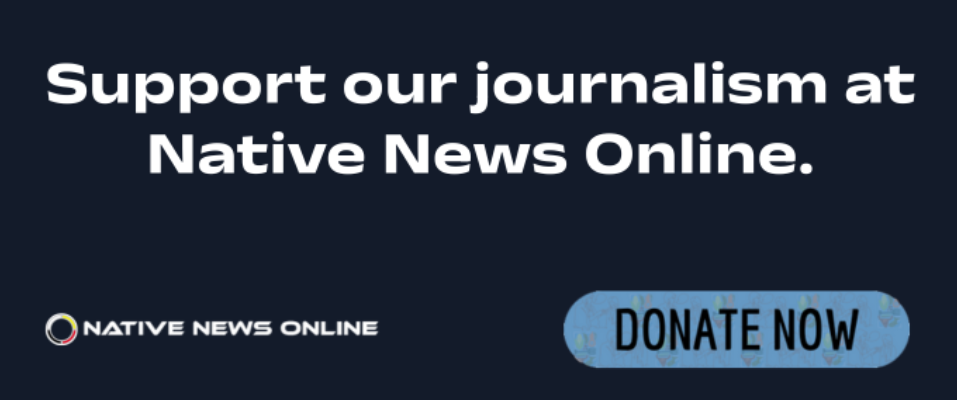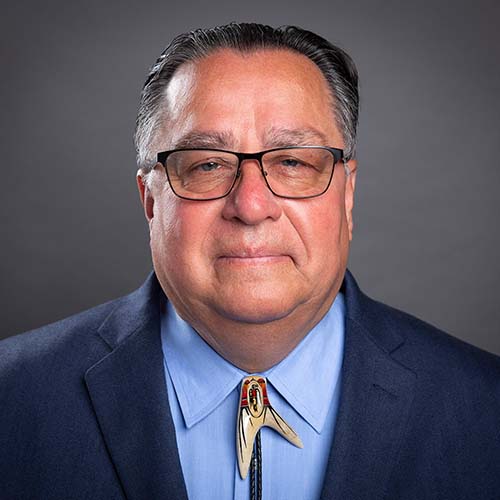
- Details
- By Levi Rickert
As millions of Americans, including some 500,000 Native Americans, face the loss benefits because the Supplemental Nutrition Assistance Program (SNAP), which administers the food stamp program, is not being funding by the Trump administration beginning on Saturday, November 1, 2025, here is an overview of the program:
In the largest federal nutrition assistance program, millions of Americans across age groups, geographies and demographics rely on support to put food on the table. A review of the latest data reveals key patterns by age, race and ethnicity, and urban‑rural location.
Who receives SNAP by age
According to the U.S. Department of Agriculture’s Economic Research Service, roughly 42 percent of SNAP participants in fiscal year 2023 were adults aged 18‑59, about 39 percent were children under 18, and roughly 19 percent were adults aged 60 and older.
Children and older adults are among the most vulnerable, and the data reflect the program’s role in supporting households with younger or older members. The 18‑59 age group, while larger in share, covers a broad swath of working‐age adults, many of whom may face low wages, unstable jobs or other barriers.
Race and ethnicity breakdown
SNAP participants come from diverse racial and ethnic backgrounds. According to USDA data from the FY23 “Characteristics” report:
- Households with a White (non‑Hispanic) head made up about 37.9 percent of participating households.
- African American (non‑Hispanic) households constituted around 24.5 percent.
- Hispanic (any race) of household head comprised roughly 12.5 percent.
- Smaller shares were Asian (about 3.8 percent), Native American (1.3 percent) and multiple races/unknown (14.5 percent).
Other research indicates that families of color are more likely to rely on SNAP relative to their population share. For example, an analysis by the Economic Policy Institute finds that in recent years more than one in five Black, American Indian/Alaska Native and Native Hawaiian/Other Pacific Islander households used SNAP, compared with lower rates among white households.
Rural vs Urban participation
Geographic location also matters. According to the Food Research & Action Center map tool, household participation in SNAP tends to be higher in small‑town and rural counties than in large metropolitan counties.
A separate USDA chart shows that in fiscal year 2024 the share of U.S. residents receiving SNAP benefits ranged from as high as 21.2 percent in one state to as low as 4.8 percent in another.
Though exact rural vs urban breakdowns vary by state, several studies and data tools indicate that non‑metro areas often exhibit higher SNAP usage rates, reflecting greater need, higher poverty rates and less access to alternative services.
Why the patterns matter
These demographic and geographic patterns matter for policy and practice:
- Age: With children and older adults forming a large share of participants, SNAP plays a vital role in protecting two especially vulnerable cohorts from hunger.
- Race/ethnicity: Because households of color face higher rates of food insecurity and poverty, SNAP functions not only as a food‑aid mechanism but also as an anti‑poverty and equity tool.
- Geography: Rural and small‑town households often face additional barriers (transportation, fewer grocery stores, longer distances) that amplify the impact of SNAP benefits. Ensuring access and outreach in less‑dense areas is imperative.
Limitations & caveats
- Participation data reflect who is receiving benefits, not necessarily who is eligible but not enrolled. USDA estimates that 88 percent of eligible people received SNAP in FY 2022, though rates varied by state and region.
- Breakdown by urban vs rural is less robust nationally because many datasets focus at the state or county level and don’t always segment by metro status.
- Race/ethnicity data are based on household head or household characteristics rather than every individual recipient, and some share is listed as “race unknown,” meaning the full picture may have gaps.
Bottom line
SNAP serve millions of U.S. households — across age groups, across racial and ethnic backgrounds, and in both urban and rural settings. The data show that the program is especially critical for children, older adults, households of color and residents in less‑urbanized areas.
Recognizing these patterns is crucial for maintaining outreach, improving access and ensuring the program meets its goal of helping low‑income families maintain food security.
As policymakers debate work requirements, benefit levels and eligibility rules, these figures provide a foundational understanding of who relies on SNAP and why targeted strategies may be necessary to reach underserved or hard‑to‑access populations.
More Stories Like This
Native News Weekly (August 25, 2024): D.C. BriefsUS Presidents in Their Own Words Concerning American Indians
Montana County Redraws District After Settlement to Ensure Chippewa Cree Votes Count
Tunica-Biloxi Council Member Named to Tribal Leadership Foundation
Ethics Complaint Alleges Former Navajo Nation Chief of Staff Accepted Gifts From Contractor
Help us defend tribal sovereignty.
At Native News Online, our mission is rooted in telling the stories that strengthen sovereignty and uplift Indigenous voices — not just at year’s end, but every single day.
Because of your generosity last year, we were able to keep our reporters on the ground in tribal communities, at national gatherings and in the halls of Congress — covering the issues that matter most to Indian Country: sovereignty, culture, education, health and economic opportunity.
That support sustained us through a tough year in 2025. Now, as we look to the year ahead, we need your help right now to ensure warrior journalism remains strong — reporting that defends tribal sovereignty, amplifies Native truth, and holds power accountable.
 The stakes couldn't be higher. Your support keeps Native voices heard, Native stories told and Native sovereignty defended.
The stakes couldn't be higher. Your support keeps Native voices heard, Native stories told and Native sovereignty defended.
Stand with Warrior Journalism today.
Levi Rickert (Potawatomi), Editor & Publisher


